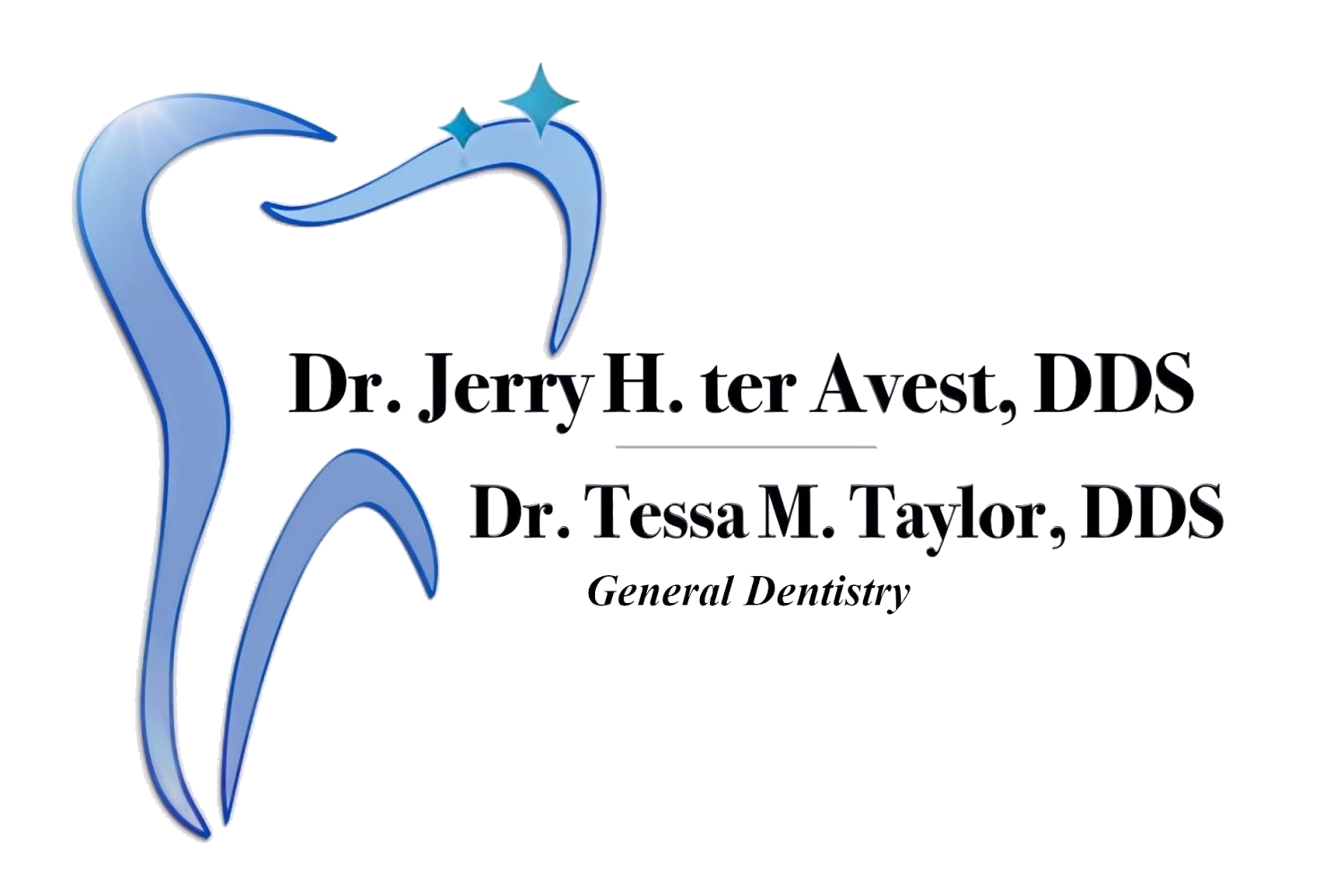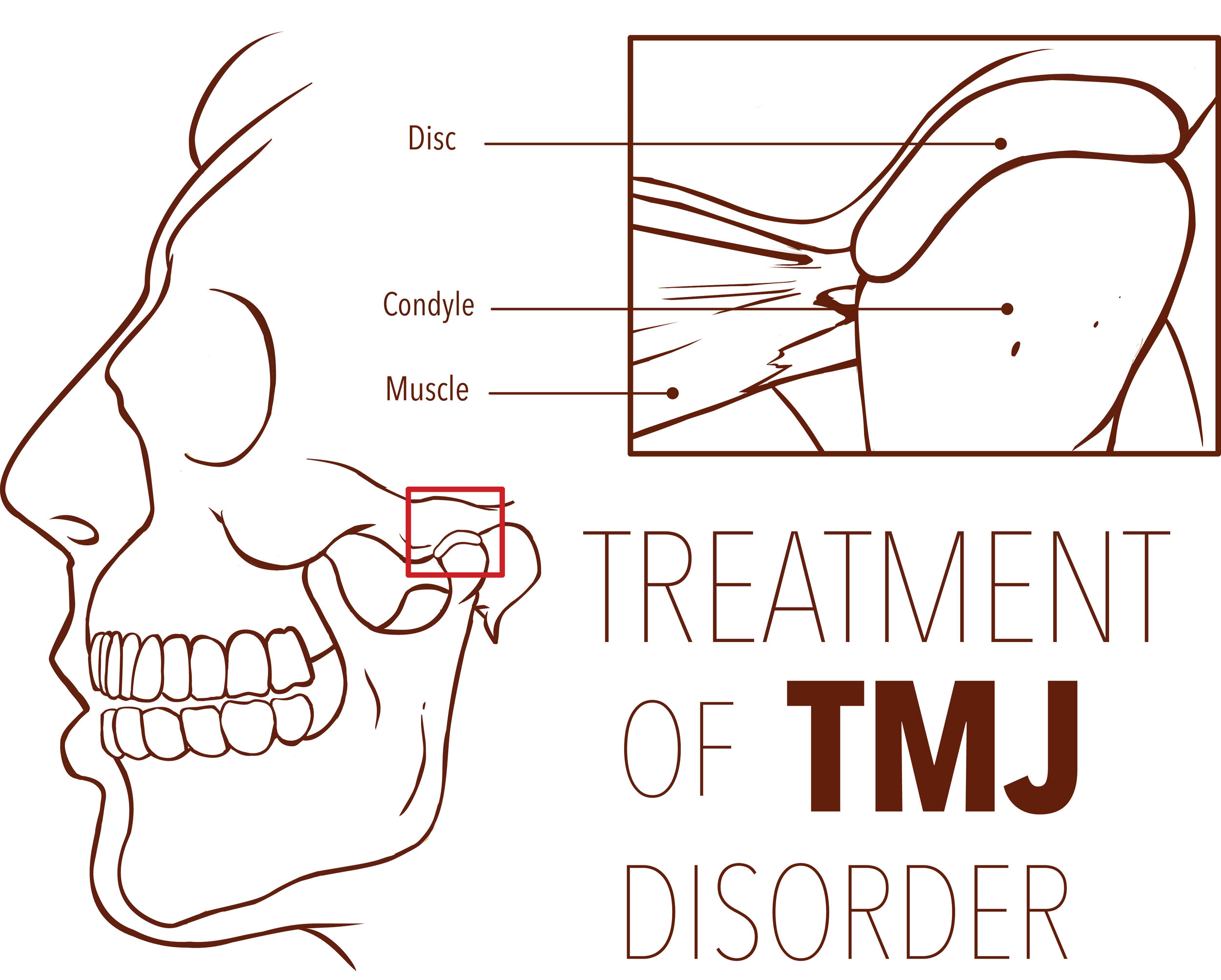Advanced Dental Services
Dental Implants
A dental implant is one of the more popular options we have to replace a missing tooth. Implants typically involve 3 parts: the surgically placed “implant”, the “implant crown” (which looks like a tooth), and the “abutment” (which acts as an adapter between the implant and implant crown). The implant is a titanium post that is surgically placed by a specialist, and the bone is given time to heal around the metal. Once the implant is fully secured to the bone, our office then works to attach the replacement tooth to the implant itself.
Implants can also be used as support for a bridge, partial, or complete denture. This is often used as an alternative to traditional partials and dentures, by providing more stability while chewing and talking.
Root Canal Treatment
Root canal therapy (also called endodontic therapy) is made necessary when decay reaches the “pulp”, or the nerve and blood supply in the tooth. Sometimes deep fillings or tooth trauma can cause damage to the pulp, which would also require root canal therapy. Once the pulp is affected, infection can extend through the root tip and damage the surrounding bone (this is often called an abscess). This infection is not only painful, it can also be dangerous. Once the pulp is infected it must be treated, and will not heal on its own. Another treatment option for infection would be to extract the tooth, but we try first to save the tooth if possible.
Common signs and symptoms pulp damage can include sensitivity to hot/cold/sweets, pain (especially to biting or chewing), swelling, and a bad taste in the mouth. However, not everyone has these symptoms, and sometimes there are no signs at all, until the person has a checkup or an x-ray is taken.
Although some teeth can be treated with root canals in our office, more complicated cases may be referred to a specialist called an Endodontist. Once the infection is identified, a root canal is done to clean out the pulp, to disinfect the space where the pulp was, and to fill in that pulp space to prevent any further infection. Usually a core build-up and crown is recommended for a tooth that has had root canal therapy, in order to prevent fracture of the tooth and leakage around the root canal.
TMJ Treatment
TMJ stands for temporal-mandibular joint. Problems with this joint arise due to several reasons, including trauma, clenching/grinding of the teeth, muscular tension often caused by stress, arthritis, or even poor positioning of the teeth.
Problems in the TMJ can cause:
Clicking or popping of the jaw
Pain in the jaw muscles and face
Headaches
Ear Pain
Trouble/soreness in opening and closing the mouth
Dental related treatments for the condition can include adjusting the bite, creating an occlusal or night guard to wear at night and even during the day, or braces to reposition maligned teeth. There are also other therapies that can help, including physical therapy, chiropractic services, acupuncture, massage, and cognitive training to work on preventing the habits that created the TMJ imbalance in the first place. There is no one right solution for all cases of TMJ pain. If severe enough, surgery may be required to repair a damaged joint.



